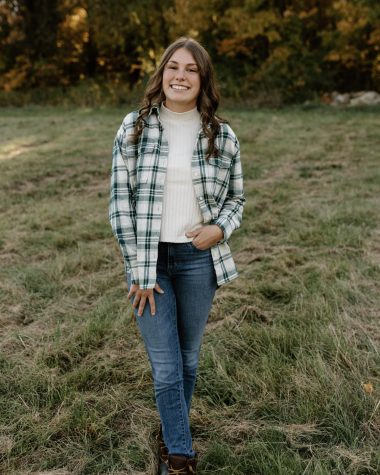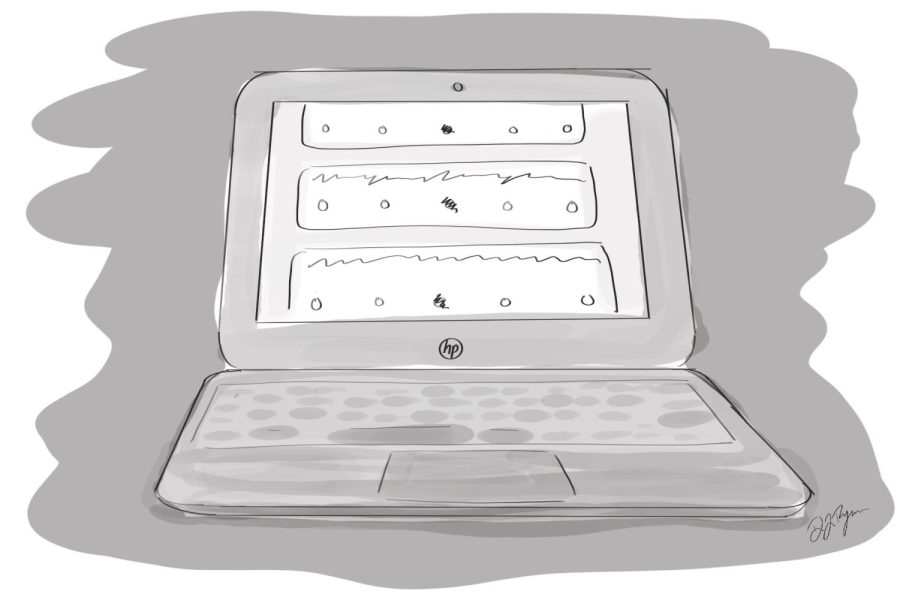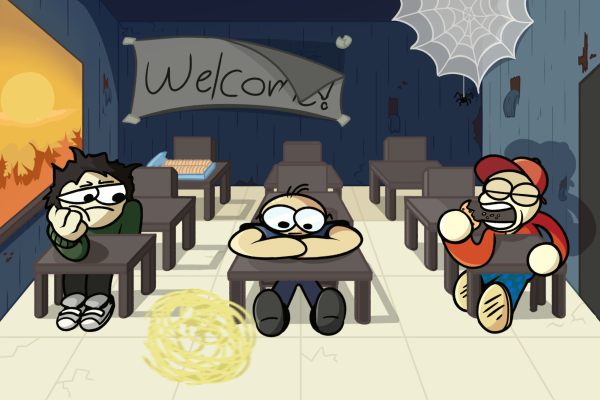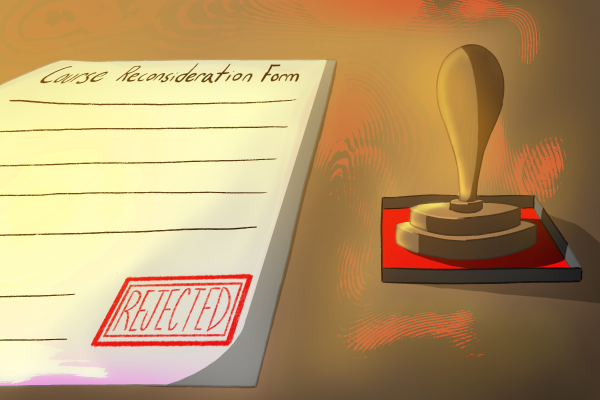Student mental health: Panorama and School Counseling
During most homeroom periods, students listen to music and catch up on their homework. But, three times a year, they must use the time to complete the Panorama Survey.
“Many students answer the questions truthfully,” said English teacher Emily Reynolds. “Some, however, simply click through the answers to get it over and done with.”
Many students agreed.
“The Panorama survey is just a waste of our time,” said senior Ashar Khan. “Most of my friends and I just click the middle option for every question just to get it over with.”
The answers to the questions on the survey are arranged in gradient format, from least to most personally applicable.
“The answers are too similar for each question. it would be better if people had more unique answers for different questions,” said freshman Tyler Buckley.
The time spent on the Panorama survey gives real information to counselors about the wellness of students and their peers.
“Dishonesty simply skews the data,” said Kendra Cantrell, director of School Counseling. “It is very hard to get 2,000 kids to answer the questions to give us data. That data goes somewhere, so to be dishonest is very detrimental.”
The survey is controlled by the Panorama company so changing its format is difficult.
“There’s no real way to improve this system,” said Khan. “The nature of the survey is just too broad. They should make it more personalized for each student, but that would take them too long.”
The survey, sanctioned by the district, is reviewed by school counseling. The survey can alert school counselors to students who may need support.
“There are two main types of appointments students make; urgent and non-urgent,” said Cantrell. “For those who are indeed struggling, the Panorama survey can allow us to track student performance, and potential struggles, without people having to constantly book meetings if they don’t feel confident.”
Some students feel that counselors should not reach out to students.
“Counselors should not reach out to us each and every time because some people just don’t like addressing their issues head-on,” said junior Janelle Suarez-Jackson. “They should only reach out if someone tips them off that a student is in some kind of distress.”
Just this year, a new opportunity for students to advocate for their mental health has arisen – the Mental Health Advisory Council.
“The Council discusses many issues with mental health in the district, as well as looking at the surveys that the students took,” said Cantrell. “They can then discuss, from a hands-on perspective, how best to handle student mental health.”
The Council is a combination of students, teachers, administrators, and school counselors all working together.
“It is truly incredible to have such a thing [Mental Health Advisory Council],” said Reynolds. “I know teachers on the inside, and they discuss these issues with everyone else involved in an honest and candid way.”

Julia started working on the Echo in Ms. Sasso's class. Julia enjoys skiing and working out outside of school








